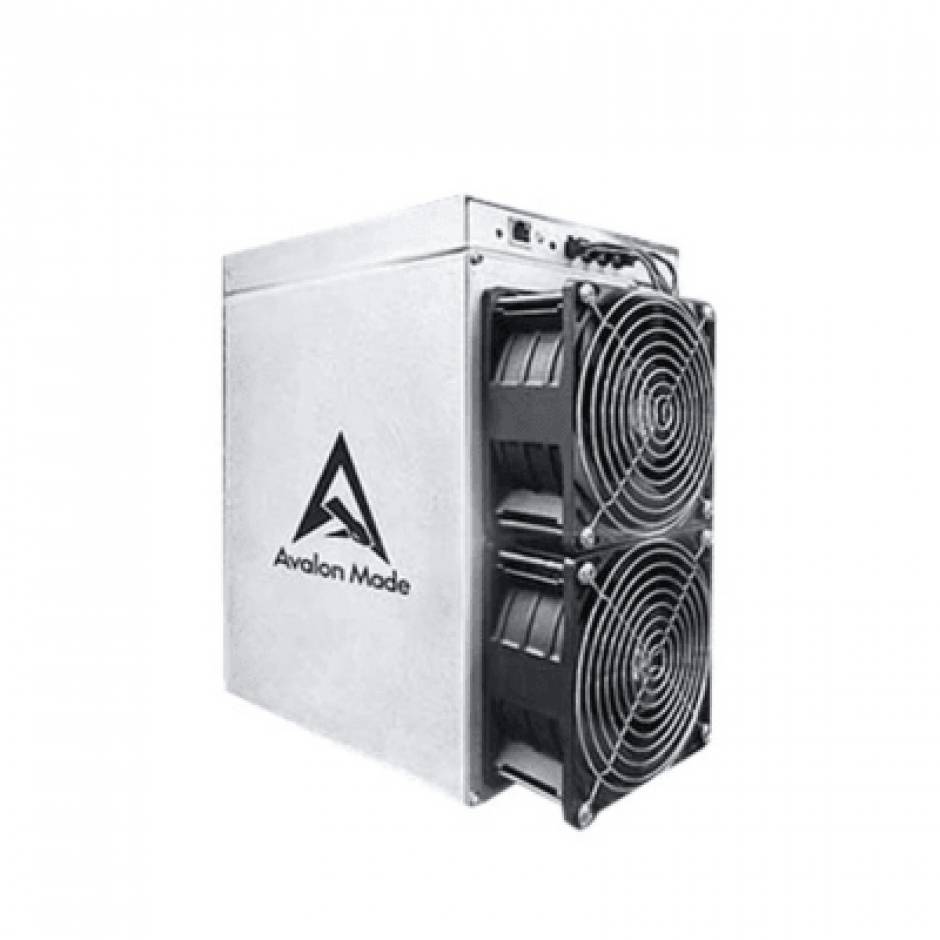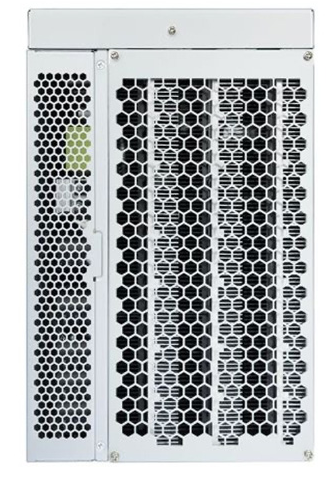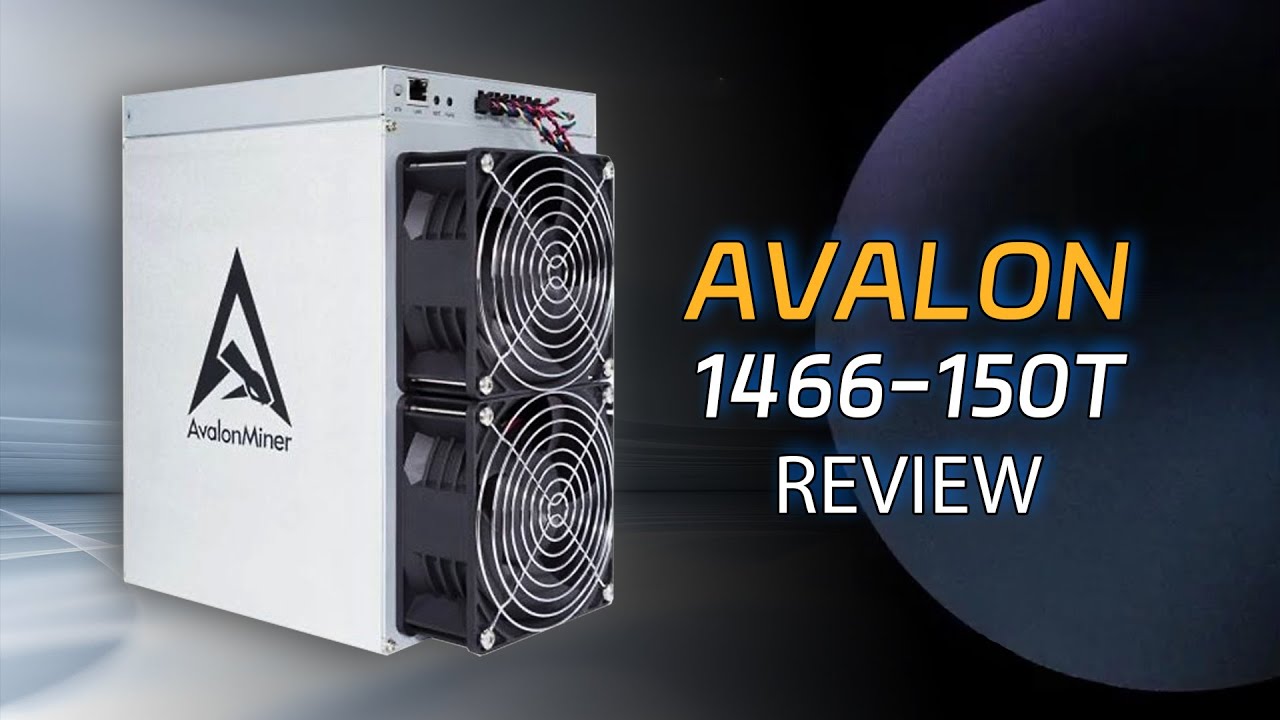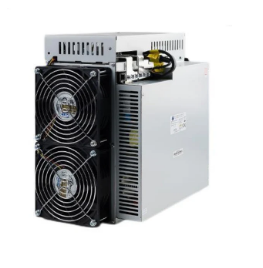Does the Canaan Avalon 1466 Miner Support Overclocking?
The Canaan Avalon 1466 Miner has emerged as a popular choice among Bitcoin mining enthusiasts and professionals alike. With its impressive hashrate of 150TH/s±5% and power efficiency of 23.3J/TH±5%, it’s designed to deliver exceptional performance while keeping operational costs in check. However, one question that often arises in mining communities is whether this powerful miner supports overclocking—a practice that can potentially boost performance but also carries certain risks. In this article, we’ll explore the capabilities of the Avalon 1466 Miner, focusing on its overclocking potential, practical applications, and the implications for miners.
Understanding Overclocking in Cryptocurrency Mining
Overclocking refers to the process of pushing a mining device beyond its factory-set specifications to achieve higher performance. In the context of Bitcoin mining, this typically involves increasing the hashrate, which translates to greater computational power and, theoretically, higher mining rewards. However, overclocking also increases power consumption and heat generation, which can lead to hardware wear and tear or even failure if not managed properly.
For miners, the decision to overclock hinges on balancing potential gains against the risks. Devices that support overclocking offer flexibility, allowing operators to optimize their setups based on electricity costs, cooling capabilities, and mining difficulty.
Introducing the Canaan Avalon 1466 Miner
Before diving into overclocking, let’s briefly review the key features of the Avalon 1466 Miner:
- Hashrate: 150TH/s±5%
- Power Efficiency: 23.3J/TH±5%
- Power Consumption: 3230W±5%
- Cooling System: Dual 12050 fans for air cooling
- Compatibility: SHA-256 algorithm (ideal for Bitcoin mining)
- Dimensions: 271mm * 192mm * 292mm
- Weight: 13kg
The Avalon 1466 is built for durability and efficiency, making it a reliable workhorse for both small-scale and large-scale mining operations. Its modular design simplifies maintenance, while its compact size and air-cooling system ensure it can fit seamlessly into various mining setups.
Does the Avalon 1466 Miner Support Overclocking?
The short answer is yes, the Canaan Avalon 1466 Miner supports overclocking—but with some caveats. While the miner is not explicitly marketed as an overclocking-friendly device, experienced miners have found ways to tweak its settings to achieve higher performance. Here’s how:

1. Software Flexibility
The Avalon 1466 Miner comes with a user-friendly interface that allows operators to adjust certain parameters. By accessing the miner’s firmware, users can modify clock speeds and voltage settings to push the device beyond its default specifications. However, these adjustments require technical expertise and should be approached cautiously.
2. Custom Firmware
Some third-party developers have created custom firmware specifically for Canaan miners, including the Avalon 1466. These firmware solutions often include enhanced overclocking capabilities, allowing miners to unlock additional performance. However, using custom firmware voids the manufacturer’s warranty and carries inherent risks, such as instability or hardware damage.

3. Cooling Considerations
Overclocking increases the miner’s heat output, which can strain its cooling system. The Avalon 1466’s dual fans are efficient, but they may struggle to dissipate excess heat if the device is pushed too hard. Miners must ensure their cooling infrastructure is robust enough to handle the additional thermal load.
4. Power Supply
Higher clock speeds also increase power consumption. The Avalon 1466 already draws 3230W±5% at its default settings, so overclocking will further escalate electricity costs. Miners need to weigh these costs against the potential gains in hashrate.

Practical Applications of Overclocking the Avalon 1466
Overclocking the Avalon 1466 Miner can be advantageous in specific scenarios:
1. Maximizing Profits During High Bitcoin Prices
When Bitcoin prices surge, even a small increase in hashrate can translate to significant profits. Overclocking allows miners to capitalize on these market conditions by squeezing more performance out of their devices.
2. Competing in High-Difficulty Environments
As Bitcoin’s mining difficulty increases, miners must find ways to stay competitive. Overclocking the Avalon 1466 can provide a temporary edge, helping operators maintain profitability in challenging conditions.
3. Optimizing Existing Infrastructure
For miners with access to cheap electricity and efficient cooling systems, overclocking can be a cost-effective way to maximize the value of their existing equipment without investing in additional hardware.
Risks and Considerations
While overclocking offers potential benefits, it also comes with risks that miners must carefully consider:

1. Hardware Wear and Tear
Pushing the Avalon 1466 beyond its default settings accelerates component degradation, potentially shortening its lifespan. This can lead to increased maintenance costs and downtime.
2. Voided Warranty
Canaan’s 360-day warranty does not cover damages caused by overclocking. Miners who choose to overclock do so at their own risk.
3. Increased Power Costs
Higher clock speeds mean higher electricity consumption. Miners must ensure that the additional costs do not outweigh the gains.
4. Stability Issues
Overclocking can cause the miner to become unstable, resulting in frequent crashes or reduced uptime. This can negate any performance improvements achieved through overclocking.
Best Practices for Overclocking the Avalon 1466
If you decide to overclock your Avalon 1466 Miner, follow these best practices to minimize risks:
- Start Small
Begin with modest adjustments to clock speeds and voltages, gradually increasing them while monitoring performance and stability.
- Monitor Temperature and Power Consumption
Use monitoring tools to track the miner’s temperature and power usage. Ensure that your cooling system can handle the increased heat output.
- Use Reliable Power Supplies
Invest in high-quality power supplies that can handle the increased load without failing.
- Backup Your Settings
Save your default settings before making any changes, so you can revert to them if necessary.
- Test Thoroughly
Run the miner at the new settings for an extended period to ensure stability before committing to overclocking.
Conclusion: Is Overclocking Worth It?
The Canaan Avalon 1466 Miner is a powerful and efficient Bitcoin mining device that can support overclocking with the right adjustments. While overclocking offers the potential for higher hashrates and increased profits, it also carries risks that miners must carefully weigh. For those with the technical expertise, robust cooling systems, and access to affordable electricity, overclocking can be a viable strategy to maximize returns. However, novice miners or those operating in less-than-ideal conditions may find it more prudent to stick to the device’s default settings.
Ultimately, the decision to overclock the Avalon 1466 Miner depends on your specific circumstances and risk tolerance. By understanding the benefits, risks, and best practices, you can make an informed choice that aligns with your mining goals. Whether you choose to overclock or not, the Avalon 1466 remains a reliable and efficient tool for tapping into the lucrative world of Bitcoin mining.